In India, heritage is found hidden in the strangest of places. Hence, it comes as a surprise when heritage itself becomes the camouflage, albeit unintended, of something contemporary and modern. This surprise comes in Punjab. Specifically, in Patiala district. When a visitor seeking heritage comes to this district, he makes a beeline for the majestic Qila Mubarak in the district headquarters. However, elsewhere in the district is a fortification whose parts pre-date the Qila Mubarak by over a century.
Welcome to Bahadurgarh! Given the destination, it may be appropriate to call it ‘Home of the Brave’. Our destination here is the ‘garh’ in Bahadurgarh, the old fort in the town. From a distance, it seems like any old bastion. Up close the story changes. In an age where policing has come to mean ‘special weapons and tactics’ and ‘tech intelligence’, Bahadurgarh fort is non-conformist. Within its precincts lies the training centre for Punjab Police’s commandos. Not that this appears to have any detrimental effect on the force, which is one of India’s most effective.
While registering to enter, the commando at the gate gives you a hard, penetrating look before letting you in. Walking through the place is a bit surreal, a mix of the modern and the medieval. Next to a centuries old mosque, a sign points the way to ‘Small Weapon Firing Range’. On a wall nearby, the word ‘Commando’ has been made into an acronym with each alphabet connoting a warrior’s attribute. It makes you wonder about the past of this place, and those thoughts take one to the 17th century, a time when the Mughals ruled much of India.
The logical beginning is with a man called Tarbiat Khan, who was a Bakshi – paymaster – in the service of Emperor Shah Jahan. According to historian Subhash Parihar, Tarbiat once said that the emperor’s plan to attempt a conquest of Balkh and Badkhshan was faulty on the basis that Indian troops would not be able to handle the extreme cold. This being a contrarian view, Tarbiat Khan found himself sans a job. Later, on being proved correct, Tarbiat found himself reinstated. His son, Saif Khan, was also in imperial service, serving as the administrator of Delhi, Kashmir, Multan, Bihar and Allahabad at different times. He dabbled in poetry and music as well, composing treatises on Indian classical music and dances.
Impact Shorts
More ShortsLike his father, Saif Khan too was rather outspoken. And similar to his father, he too was dismissed for his forthright views and then reinstated – multiple times at that. Apparently, each dismissal saw him retreat to his native place in a calm frame of mind. And each time, he would be called to resume his duties. Amidst all the coming and going, Saif Khan built a new fort and town which he named Saifabad, after himself. This was in the period 1656-57, a time of strife when Aurangzeb was fighting for the throne. Saif Khan rapidly transferred his loyalty to the new emperor and went on to serve him for several years. At the time, nobles were not permitted to freely name towns after themselves, Saif Khan’s being able to do this indicates his value in the eyes of the ruler.
Within the fort is a Persian inscription of Saif Khan which hails Alamgir (referring to Aurangzeb) and Shah Jahan. Perhaps he was taking safeguards at a time when the political situation was in flux. While he died in 1683-84, his descendants lived on at Saifabad for over a century and were witness to the collapse of Mughal authority in the region throughout the 18th century. That collapse also saw the rise of the Sikhs as the paramount power in this part of Punjab. In 1774, the state of Patiala took control of Saifabad and Saif Khan’s descendants were confined to the nearby village of Chota Rasulpur. They stayed there until the Partition of 1947 saw a mass shift to Pakistan.
The rulers of Patiala renamed Saifabad as Bahadurgarh after Guru Tegh Bahadur. They also rebuilt much of the old fort in 1837. Of the original, only the mosque, its tank and some gateways remain. And these are undoubtedly the finest structures in the fort today. The place is entered through a high arched gateway and seems to have two sets of walls, built one after the other for additional protection. This main gateway is a lofty structure in the style of medieval caravan sarai gateways, many of which have survived in Punjab. There is a moat, which still has water within. The mosque, a small building by Mughal standards, is a three-bay structure with elegant minarets extending from either end of its roof. It is in this mosque that Saif Khan left behind his inscription.
With the arrival of Independence, the Patiala rulers were reduced to common citizens. Over time, the fort too underwent a change. From being home to local rulers, it became a hub for commando training for selected personnel of the Punjab Police. It is the same body of men who were in the forefront of anti-militancy operations in the state.
Strangely enough, though the past and the present mix at Bahadurgarh, the presence of the commandos does not look out of place. Nor is the fort in bad shape, despite not being a protected site. Perhaps it is because forts and warriors are a natural blend, and Bahadurgarh has been home to soldiers for centuries. Uniforms, weapons and enemies have all changed but the Bahadurgarh fort has remained true to its name–‘home of the brave’.
The author is a heritage explorer with a penchant for seeking obscure sites. A brand consultant by profession, he tweets @HiddenHeritage. Views expressed in the above piece are personal and solely those of the author. They do not necessarily reflect Firstpost’s views.


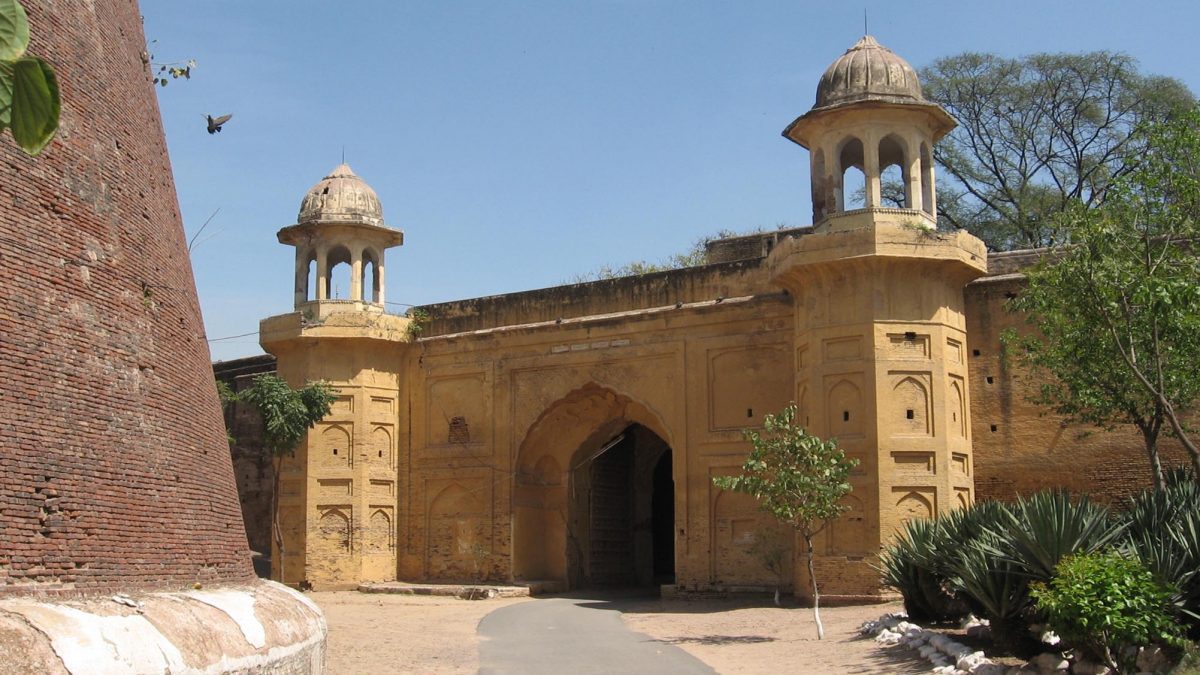)

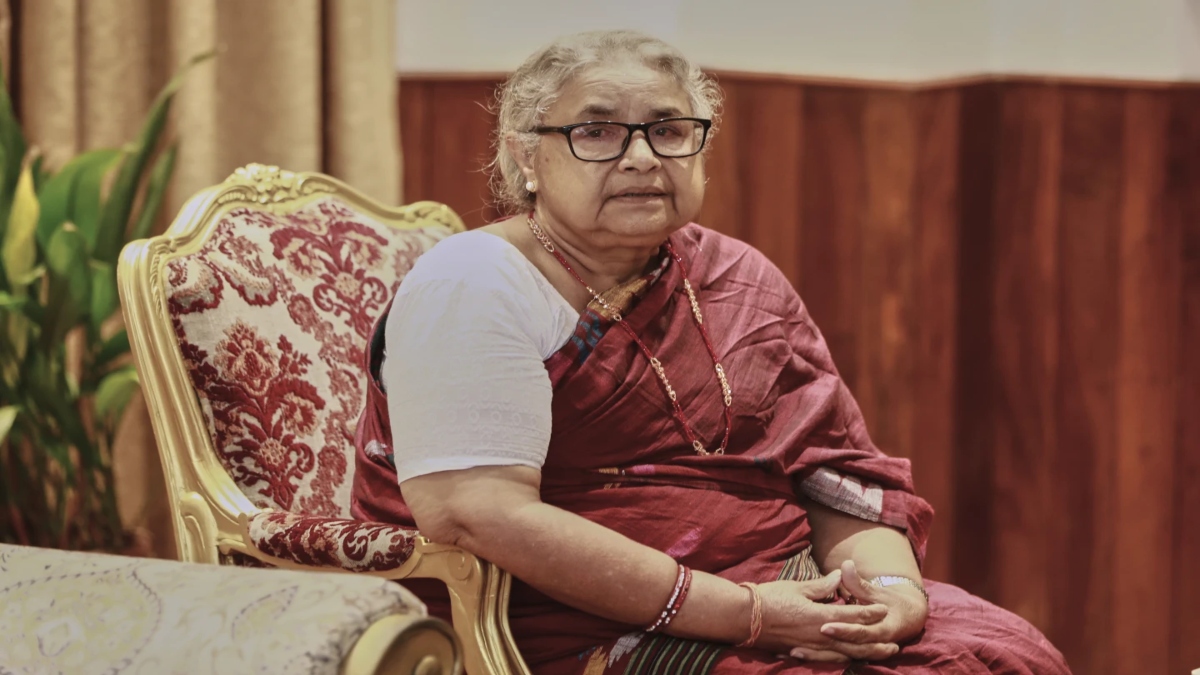)
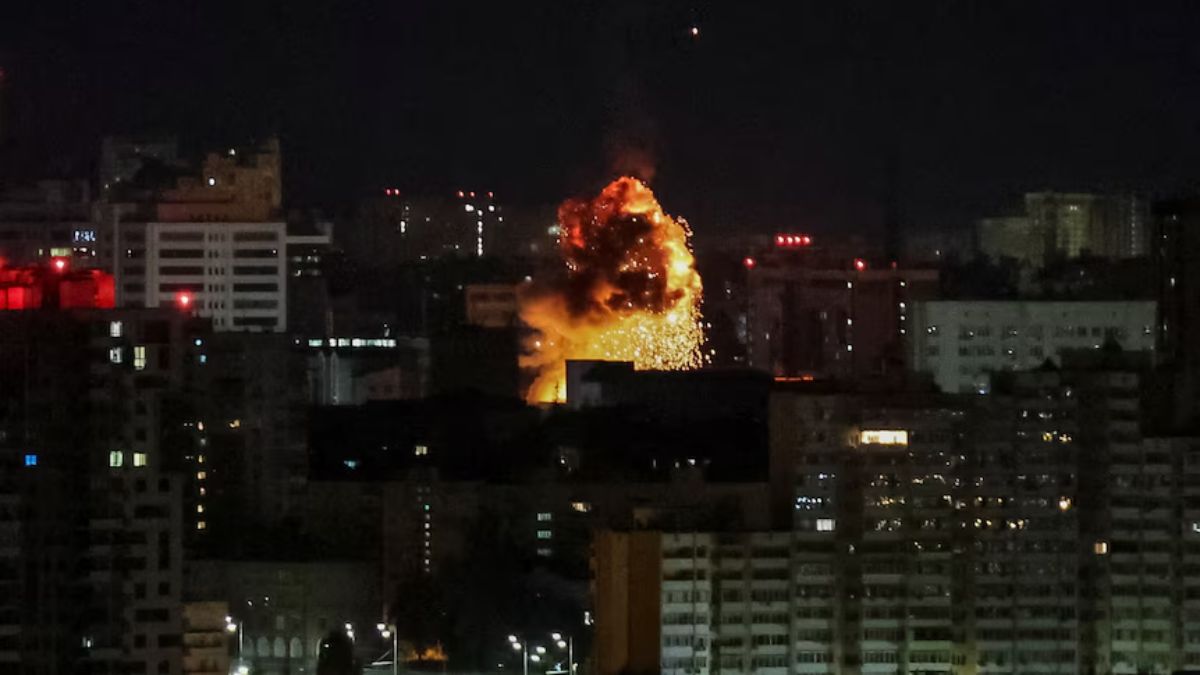)
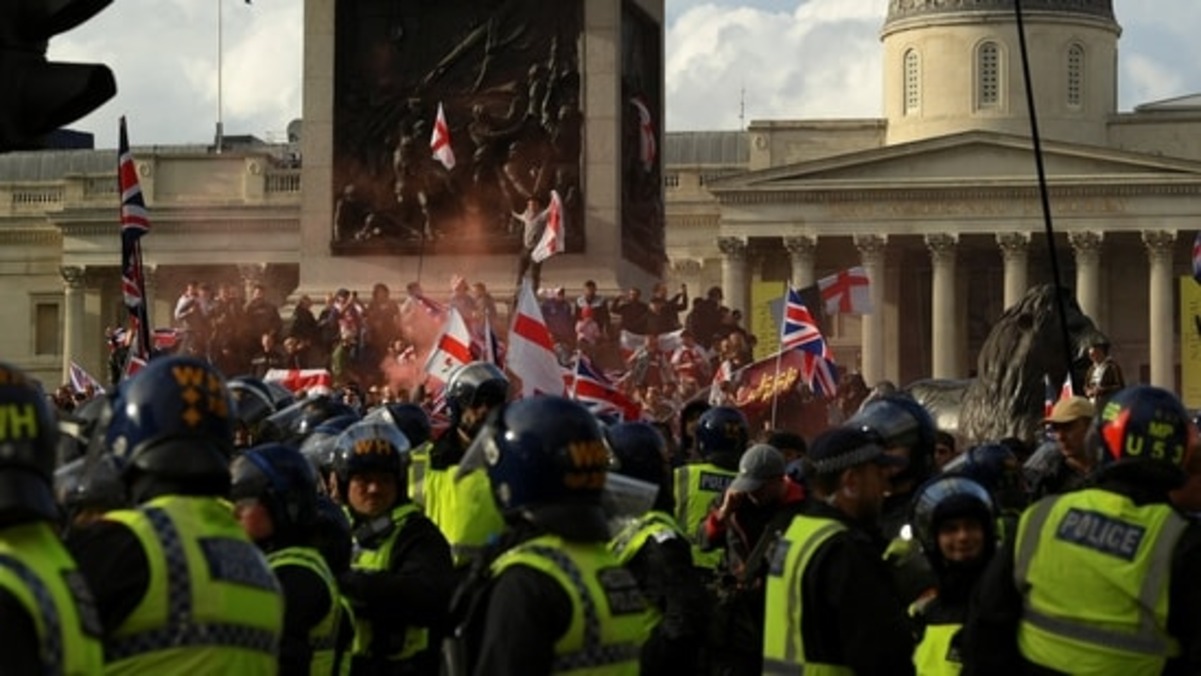)
)
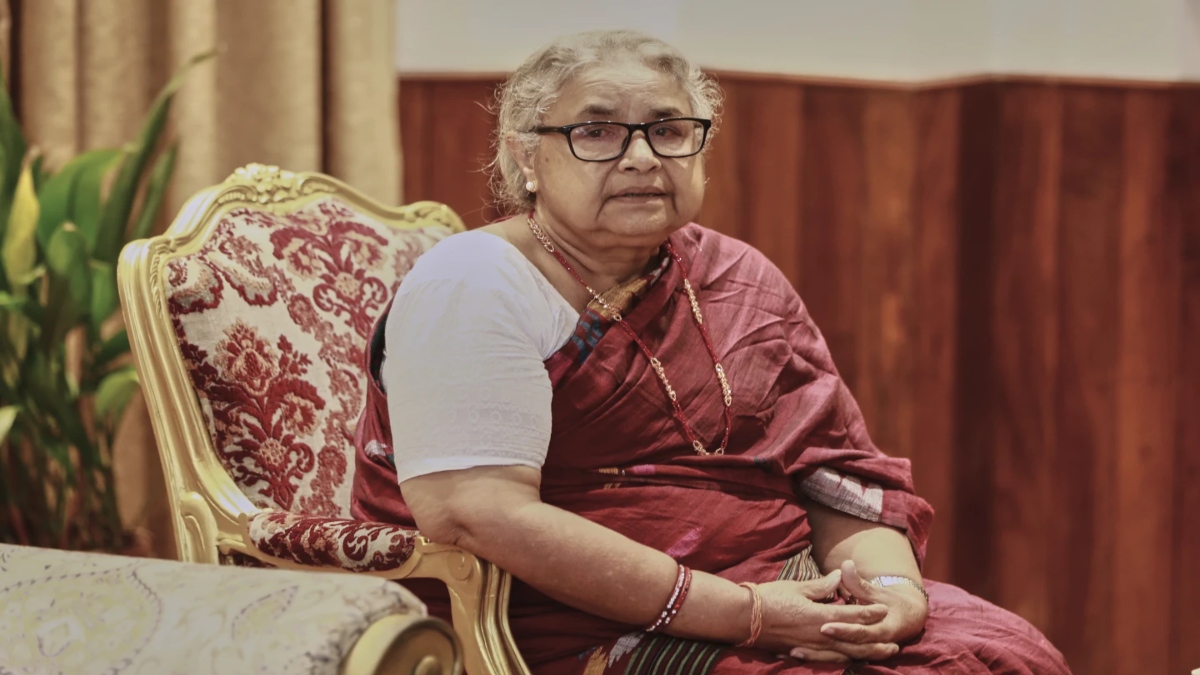)
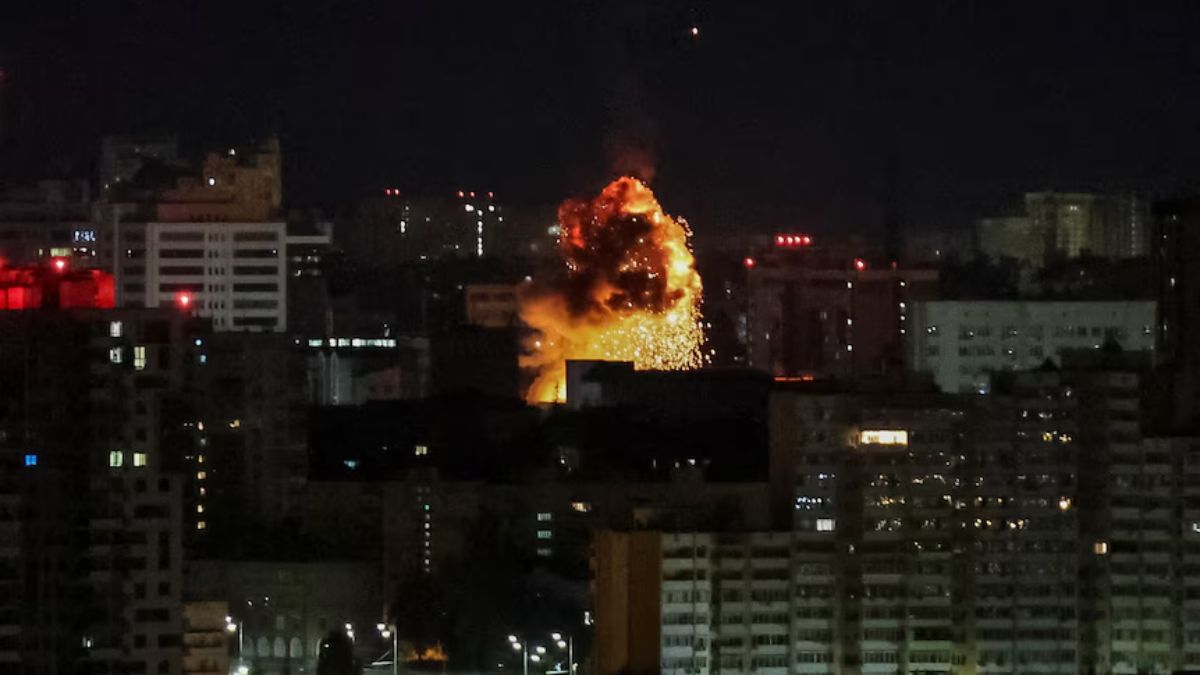)
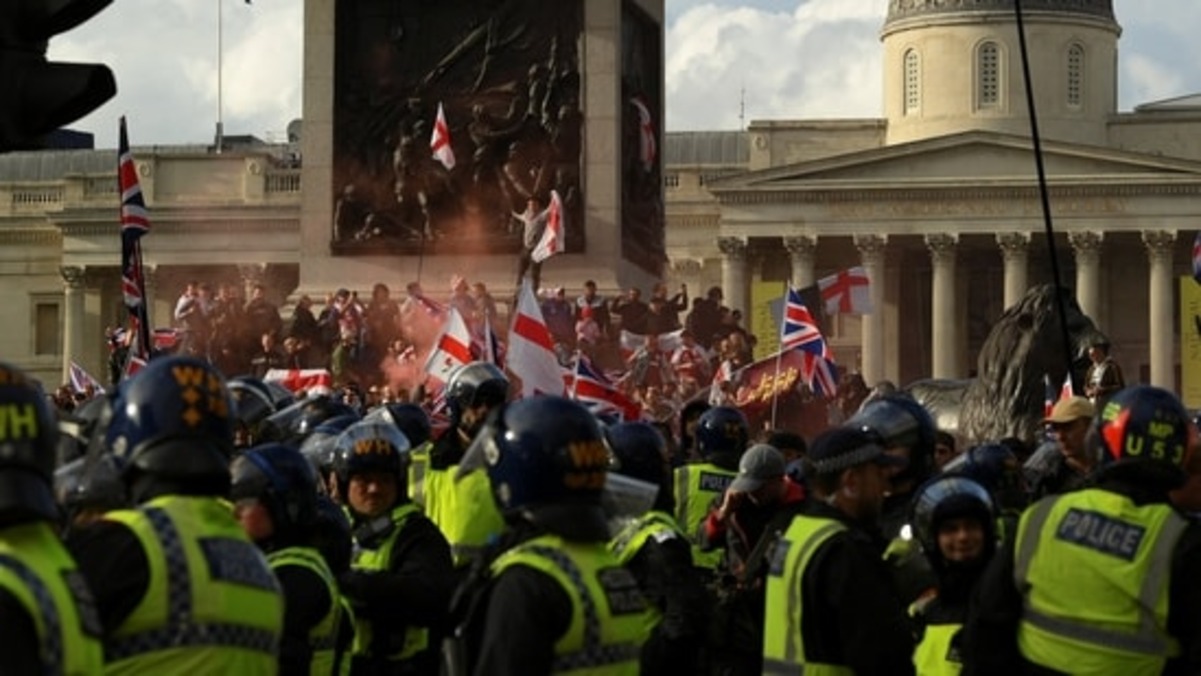)
)



